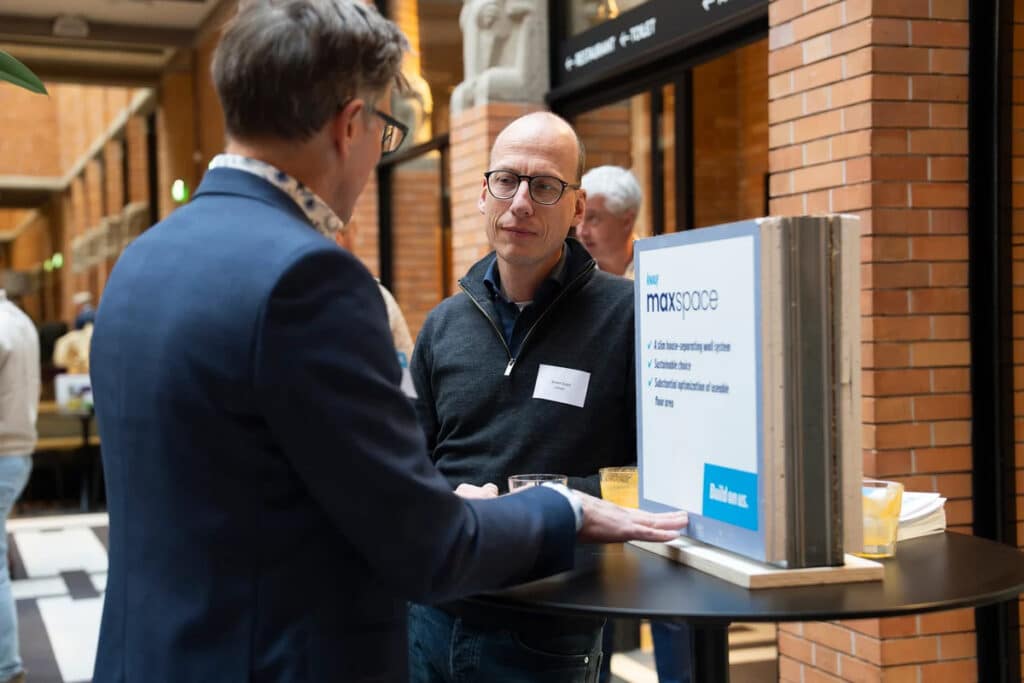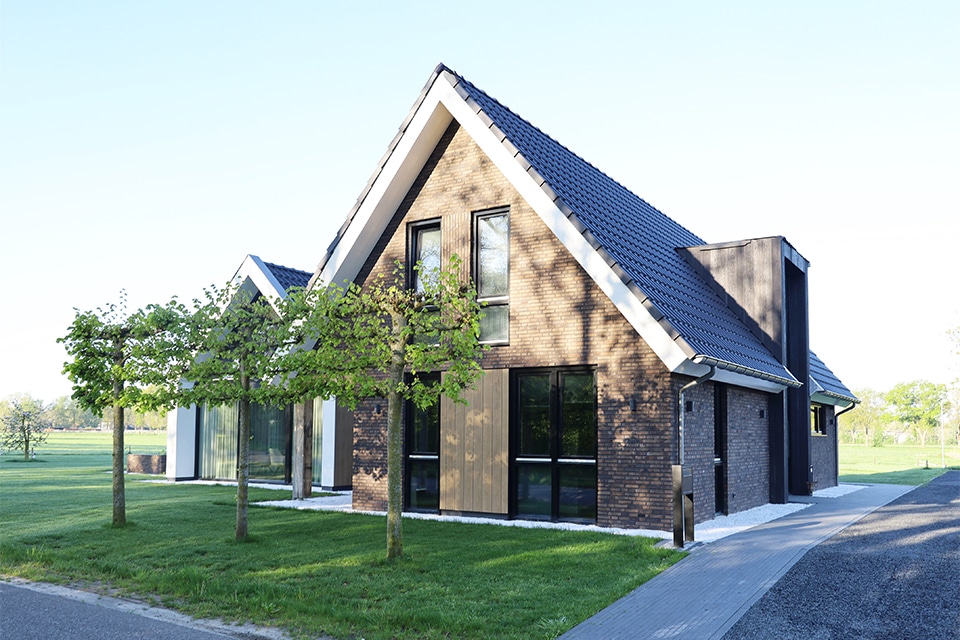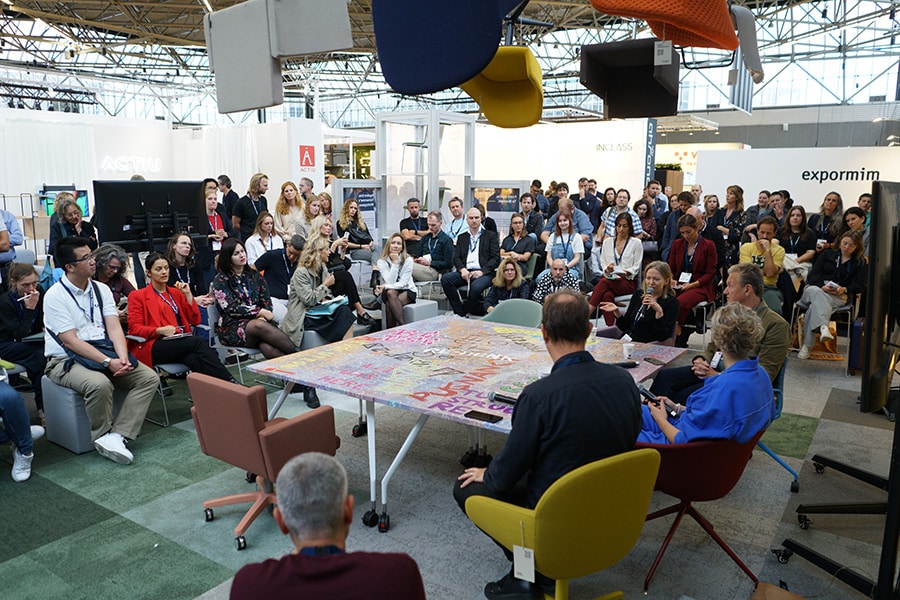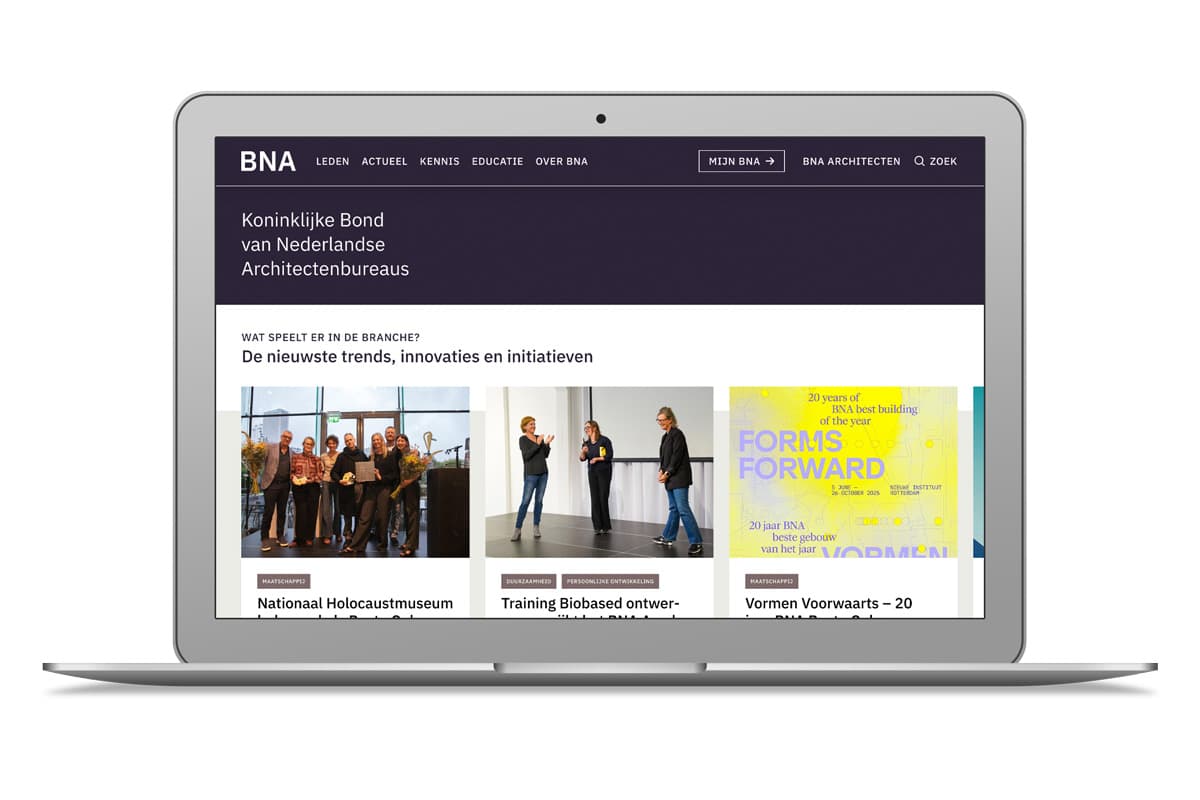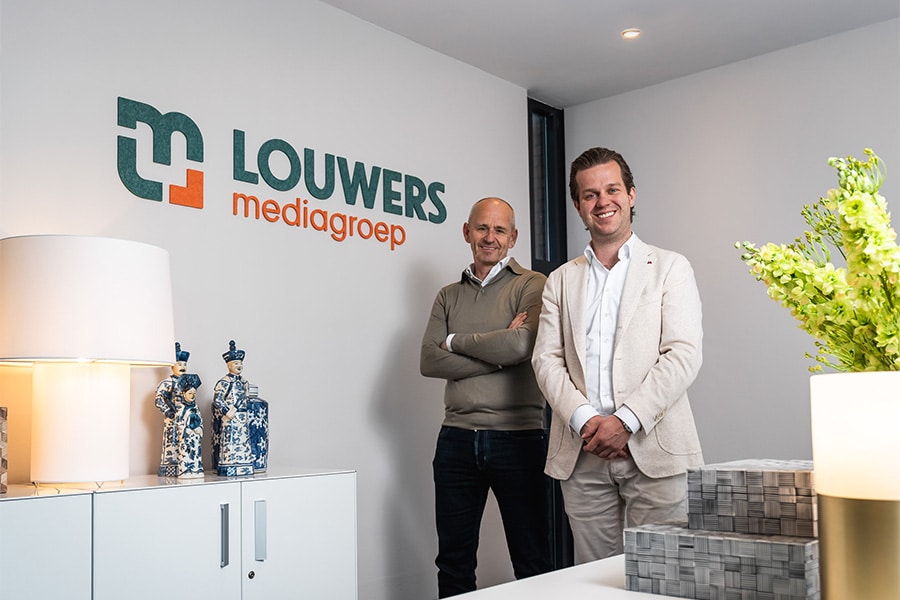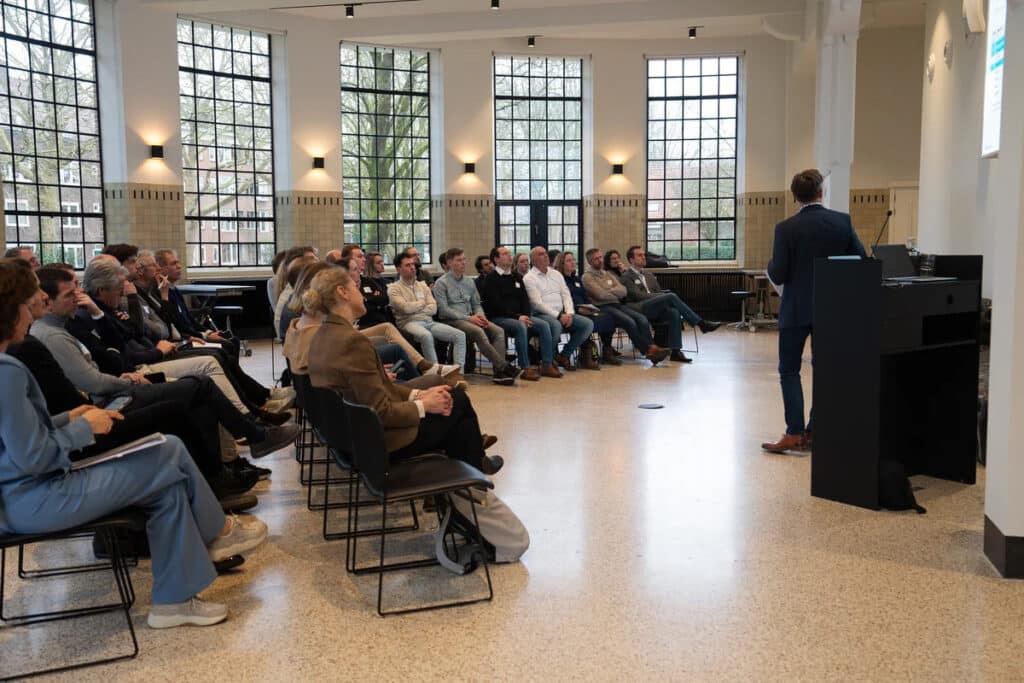
Experts shared insights on circular materials, reuse and innovative acoustic solutions.
Sustainable and acoustic building at the center of trade meeting
The Knauf name is inextricably linked with building materials and systems. However, the company also possesses extensive knowledge in the areas of sustainability, energy efficiency and innovative techniques. To bring out this side of Knauf even better, the company organized the Building a Sustainable Future event, which focused on the future of sustainable and acoustic building solutions.
During the event at the Anatomy Building in Utrecht, construction professionals could listen to several lectures. Olga Ioannou, affiliated with TU Delft as Chair of Building Product Innovation, among others, talked about the future of sustainable building solutions. Maarten Hornikx, professor of Building Acoustics at TU Eindhoven, among others, shared his expertise on acoustics. To complement these presentations, Frans de Bondt, technical specialist in dry building systems, linked theory to practical solutions such as MaxSpace and the Hybrid Circular Wall System.
Thinking about end-of-life as early as prescribing
Olga Ioannou, assistant professor at Delft University of Technology, is involved in research and education in the field of circular building products and processes, with an emphasis on the design of bio-based circular building materials and the creation of bio-based value chains. During her presentation, she showed how many different facets play into the sustainability of a material or product. "Architects rarely think about where products come from. We want to inform them, because we think it is important that they already think about end-of-life when prescribing products."
The Circular Building Product Canvas, based on the popular Business Model Canvas, was developed as a tool to support the transition to a circular building economy. It helps map the value creation and material flows of building products. This includes, for example, the origin of materials and how they are connected in the final product. The business model of a supplier or manufacturer is also important. "I hope that in the future the responsibility for the sustainable origin of products will lie even more with the manufacturer," says Ioannou.
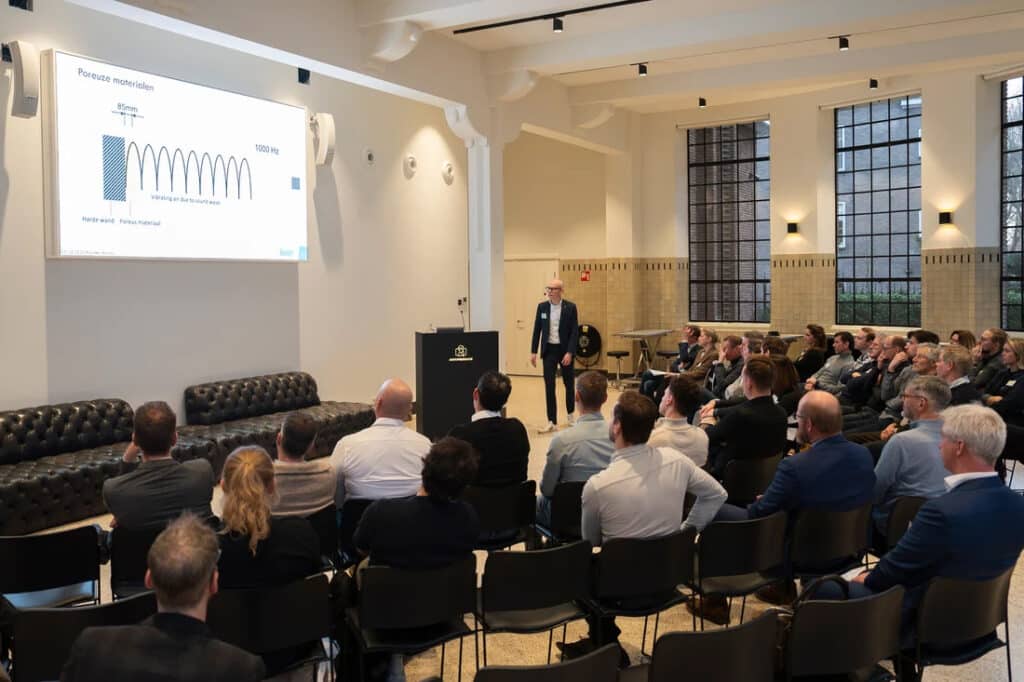
Optimal acoustics for any room
Even more interesting theory, combined with practical applications, was presented by Maarten Hornikx. During the lecture Noise and Health he explained that good acoustic quality in the built environment is essential for people's well-being and functioning. Innovative design tools and smart material choices can contribute to acoustically optimal spaces. What these optimal acoustics are depends on the use of the space.
One of the innovative approaches Hornikx is exploring is using virtual reality to make different environments both visible and audible. He also conducted an experiment with participants to measure the reverberation time in the Anatomy Building auditorium. Estimating this without an iOS app proved difficult.
The acoustic benefits of the new MaxSpace wall system are well in place. Frans de Bondt told all about the innovative and slim wall system, with a thickness of only 125 mm. This system offers significant space savings, up to 8 cm per room, representing a gain of 40 m² for 100 residential units with a wall length of 5 meters.
The system consists of a standard CW-50 profile with coir felt on both sides and an additional steel flange. Plasterboard can be attached to this. The coir felt provides acoustic decoupling, preventing sound from being transmitted directly through the wall posts. As a result, the system meets sound insulation and fire safety standards (EI60).
Sustainable wall systems and biobased collaborations
Knauf is committed to sustainability and circularity in construction. One example is the Hybrid Circular Wall System, which combines new and used gypsum board into a sustainable partition wall with excellent performance (equivalent to comparable walls with A-plate as the first layer). The first layer of this system comes from boards harvested from existing buildings. By reusing these, Knauf contributes to material savings and waste reduction.
In addition, Knauf reflected on the various existing biobased materials. In terms of fire safety and MKI score, this is very complex, De Bondt showed during the event by providing insight into various studies. Many natural materials currently do not yet meet the same fire safety requirements as existing products. However, the use of isovlas membrane insulation is a demonstrably high-quality and circular form of insulation. Together with a non-load-bearing wall system, it meets the EI30 criteria.
